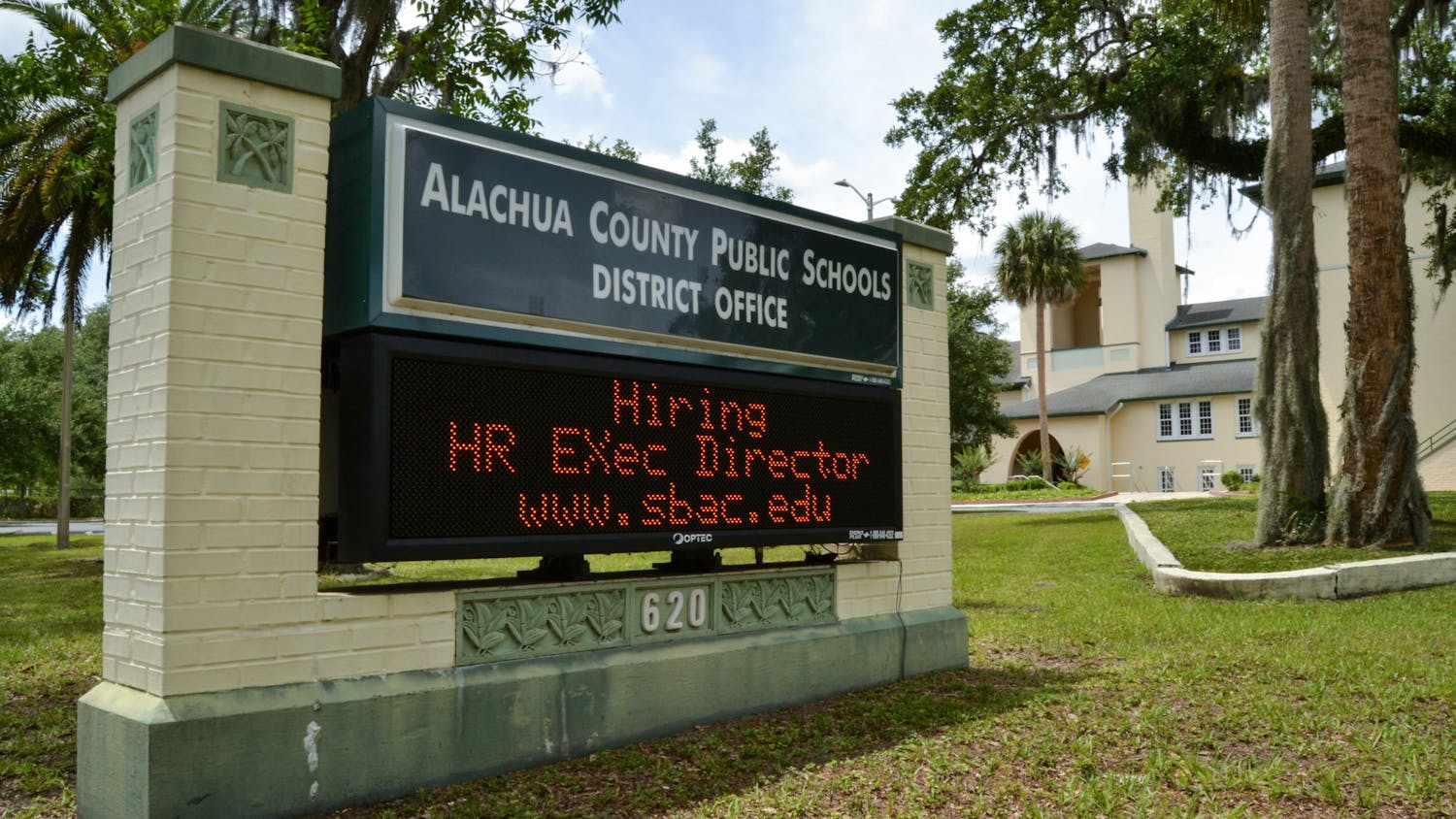For the second time last Thursday, San Francisco 49ers backup quarterback Colin Kaepernick refused to stand for the national anthem before an NFL preseason game. In his own words: “I am not going to stand up to show pride in a flag for a country that oppresses black people and people of color. To me, this is bigger than football, and it would be selfish for me to look the other way.”
Conflict over the relationship between law enforcement and minority groups has been a conflict since long before last week. Kaepernick only added to the fray whether people have the right to choose to stand for the national anthem. As many feel passionate about both issues, this article will not pick a side on either debate, but rather argue that there is a better way to use football to improve the relationship between citizens and police officers.
To many Americans recently, certain cities have come to represent the relationship between minority groups and law enforcement. But before Baltimore, Maryland and Ferguson, Missouri, there was this Los Angeles neighborhood called Watts.
Just months after the Voting Rights Act of 1965 was signed, serious riots broke out in Watts when spectators of an African-American motorist’s arrest grew enraged at what they considered yet another case of the police abusing their authority. Over six days, 34 people died, nearly 4,000 were arrested and $40 million worth of property was destroyed. These riots remain the worst case of crime and violence in LA, with the exception of the 1992 Rodney King riots.
However, The New York Times reported in 2015 that even after decades of unrest between Watts residents and police officers, current residents feel relationships with the police have never been better. A major cause of these improved relations stems from the effort community leaders and police officers put into changing the way children view police officers. And how do you bridge law enforcement with the youth? Football.
Watts wasn’t the first place to use football as a way to keep boys out of trouble, but it became the first neighborhood to have a football team coached solely by local police officers: the Watts Bears. The team started in 2011 when officers went door-to-door in Watts’ housing projects, asking families if they were interested in having their sons join a free football program. Officers recall that initially parents responded with, “You’re the police? No, they can’t play with you. My children are taught not to trust you.” But eventually, parents brought their children to practice, building up a trust with police officers that they never experienced before. Children now enjoy a game they love while looking at the police differently.
When exchanging a gun and badge for gym shorts and a whistle, officers are viewed as citizens of the community who can be trusted rather than feared.
The program has even morphed beyond the football field. According to the local ABC news channel, all players of the Watts Bears are required to attend a six-week summer school program. Although the children were reluctant to go at first, they eventually took their enthusiasm on the field into the classroom. As one player put it, “I want to show my talent in school and on the field.” So what some consider just to be a game has proven an ability to alleviate problems deemed impossible to solve with traditional policies.
Watts is an example of where football can be a medium for change. This is the way football should be used to improve relations between law enforcement and American citizens. Colin Kaepernick has the right to do whatever it is he’s doing to see change in this country, but there are better ways of using football to achieve the same goal.
Joshua Udvardy is a UF environmental engineering sophomore. His column appears on Thursdays.





